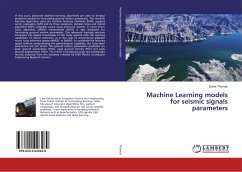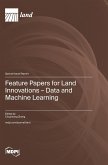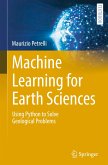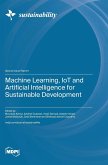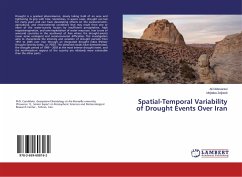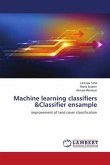Geohazards, such as landslides, rock avalanches, debris flow, ground fissures, and ground subsidence, pose a significant threat to people's lives and property. Recently, machine learning (ML) has become the predominant approach in geohazard modeling, offering advantages such as an excellent generalization ability and accurately describing complex and nonlinear behaviors. However, the utilization of advanced algorithms in deep learning remains poorly understood in this field. Additionally, there are fundamental challenges associated with ML modeling, including input variable selection, uncertainty quantification, and hyperparameter tuning. This reprint presents original research exploring new advances and challenges in the application of ML in the spatial-temporal modeling of geohazards. The contributions cover the susceptibility analysis of glacier debris flow and landslides, the displacement prediction of reservoir landslides, slope stability prediction and classification, building resilience evaluation, and the prediction of rainfall-induced landslide warning signals.


